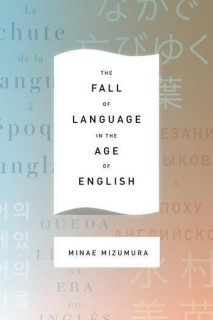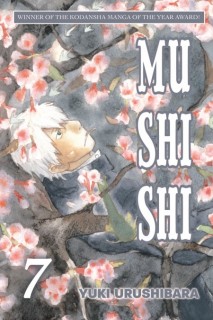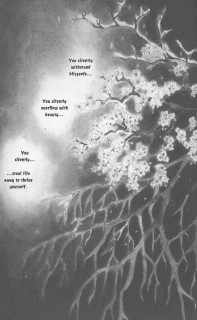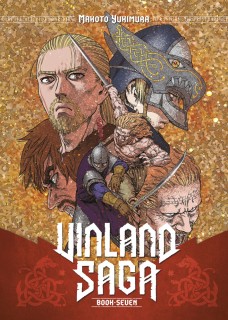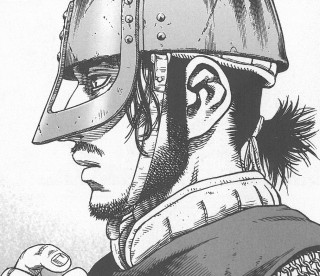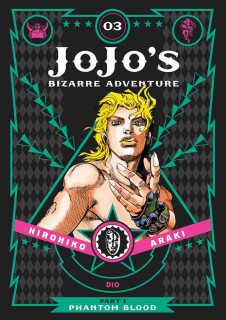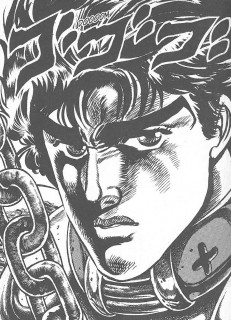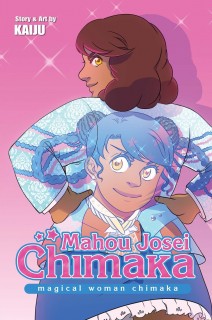 Creator: KaiJu
Creator: KaiJu
Publisher: Chromatic Press
ISBN: 9781987988017
Released: December 2015
Original run: 2014-2015
Mahou Josei Chimaka, or Magical Woman Chimaka, is the second long-form comic by KaiJu, a creative team made up of Kate Rhodes and Jennifer Xu, that I’ve had the opportunity to read. The three-chapter comic was originally serialized online in Sparkler Monthly between 2014 and 2015 before being collected and released in both digital and print book editions by Chromatic Press later in 2015. I love everything that Chromatic Press is involved with, but I was especially looking forward to Mahou Josei Chimaka for a number of reasons. Most notably, I was greatly impressed by KaiJu’s previous comic The Ring of Saturn (which also released by Chromatic Press) and have been closely following the team’s work ever since. It also didn’t hurt that in large part Mahou Josei Chimaka is a loving homage to and parody of the magical girl genre. That and it also it ends up being a sweet romance between two women.
Fifteen years ago Shimmer Shimmer Skypatcher Chimaka faced her greatest nemesis and lost, failing to protect her city. While Chimaka was able to temporarily repel the threat, a large portion of the city was laid to waste and left a giant, lifeless crater. Now her enemy has returned, intending to finish the job, only Chimaka isn’t a magical girl anymore. Her life fell apart after that fateful, disastrous encounter and, although she’s back on her feet again, the magic is gone. Chimaka now spends her days working as a scientist at Squid Petroleum and nights drinking with her colleague Pippa with whom she has become very close. But with the return of her old enemy, along with the persistence of a certain government agency which uncovered her past, Chimaka needs to find a way to regain her powers. The ever cheerful Pippa is determined to do all that she can to help Chimaka, but the task that the two of them face is a difficult and daunting one—Chimaka must once more become Shimmer Shimmer Skypatcher if she wants to save the world.
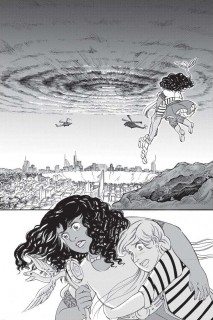 Mahou Josei Chimaka is crafted to especially appeal to readers who are fans of the magical girl genre (or, in this particular case, the magical woman genre) and who are interested in a slightly different approach than is often seen. While it’s not absolutely necessary to be familiar with the common tropes and themes of the genre—Mahou Josei Chimaka is completely enjoyable as a story in its own right—readers who are will be in a better position to truly appreciate the entirety of the comic and its satire. The elements one would expect to see in a magical girl story are all present in Mahou Josei Chimaka, including but certainly not limited to animal companions, transformation sequences, dazzling accessories, and an emphasis on the power of love. But these have all been slightly skewed through the lens of Chimaka’s growth into cynical adulthood. And yet, while KaiJu’s interpretation of the magical girl genre is honest and mature, it doesn’t become dark and depressing.
Mahou Josei Chimaka is crafted to especially appeal to readers who are fans of the magical girl genre (or, in this particular case, the magical woman genre) and who are interested in a slightly different approach than is often seen. While it’s not absolutely necessary to be familiar with the common tropes and themes of the genre—Mahou Josei Chimaka is completely enjoyable as a story in its own right—readers who are will be in a better position to truly appreciate the entirety of the comic and its satire. The elements one would expect to see in a magical girl story are all present in Mahou Josei Chimaka, including but certainly not limited to animal companions, transformation sequences, dazzling accessories, and an emphasis on the power of love. But these have all been slightly skewed through the lens of Chimaka’s growth into cynical adulthood. And yet, while KaiJu’s interpretation of the magical girl genre is honest and mature, it doesn’t become dark and depressing.
Mahou Josei Chimaka is a delightfully funny and charming comic. Much of this comes from the contrasting but complimentary personalities of the comics’ two leading women and the sweetness of their blossoming relationship, but as a whole Mahou Josei Chimaka is very playful. KaiJu has a great sense of humor which comes through not only in the story and characters, but in the artwork as well. The artists alternate between using more realistic illustrations and those that are exaggerated for great comedic effect. The final chapter does perhaps rush the story’s climax a bit as the creators pull out all the stops for the epic final battle, but it’s a sort of intentional ridiculousness that’s highly entertaining. Although preventing the end of the world is serious business, Mahou Josei Chimaka mixes in silliness in the best sort of way. I enjoyed the comic on my first read but I find that I like it even more after reading it again; Mahou Josei Chimaka is a great deal of fun.

